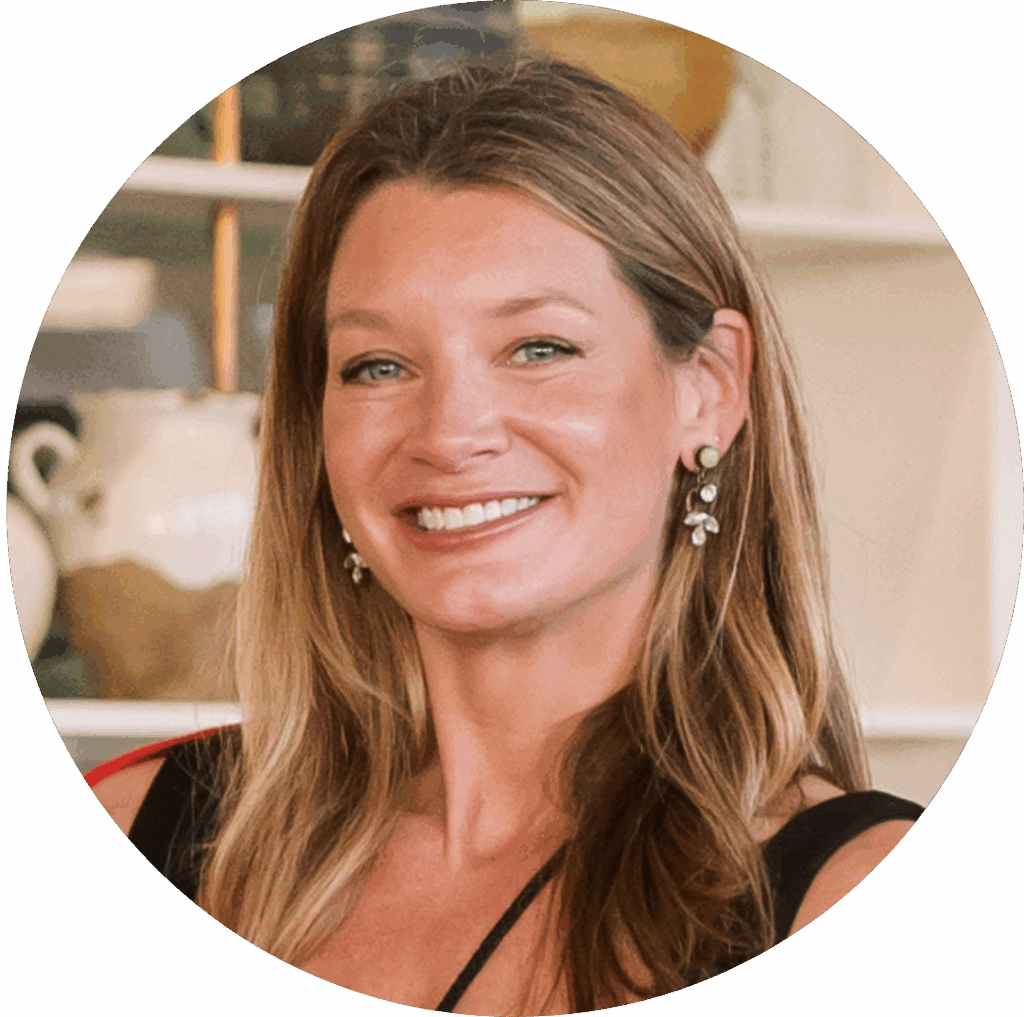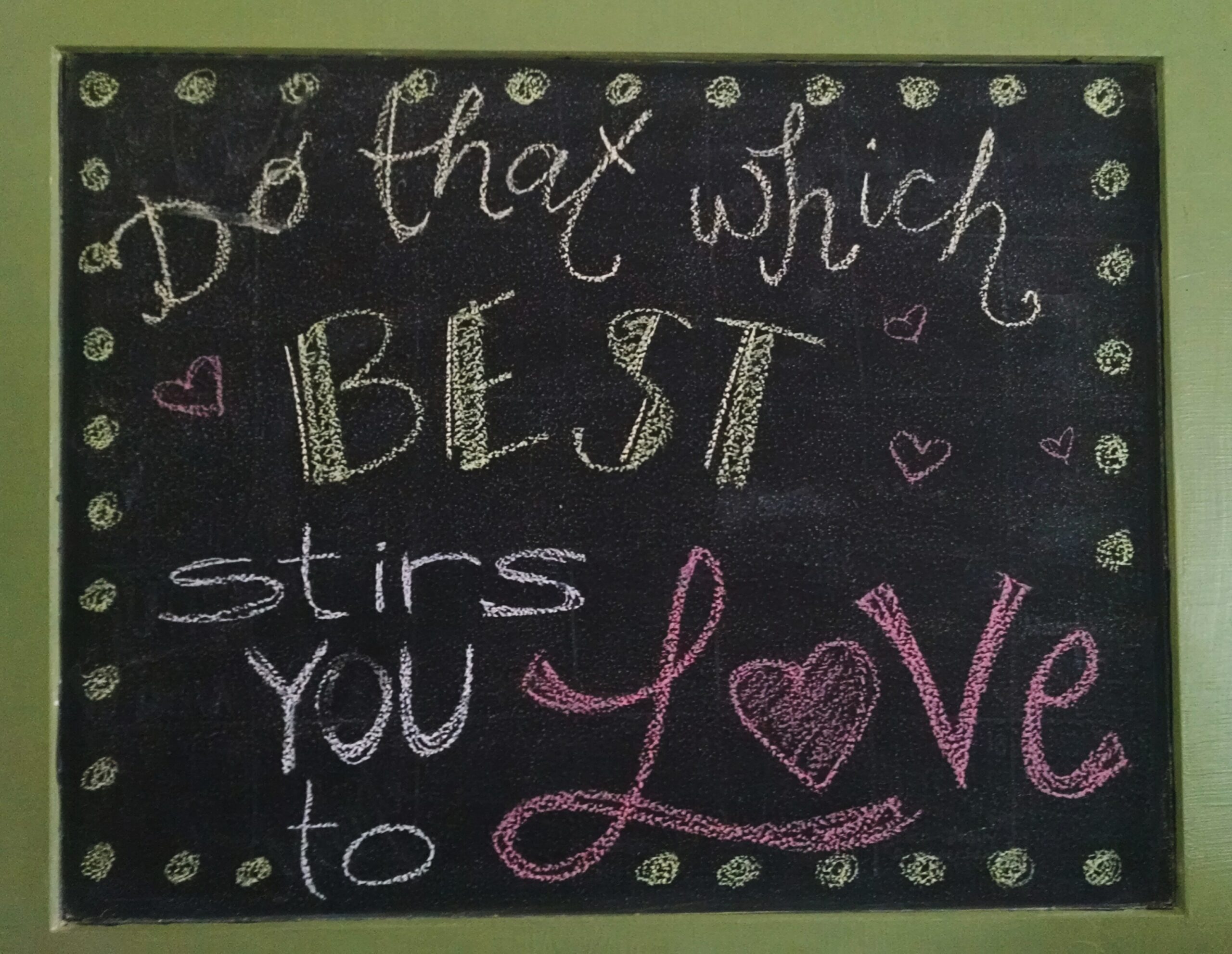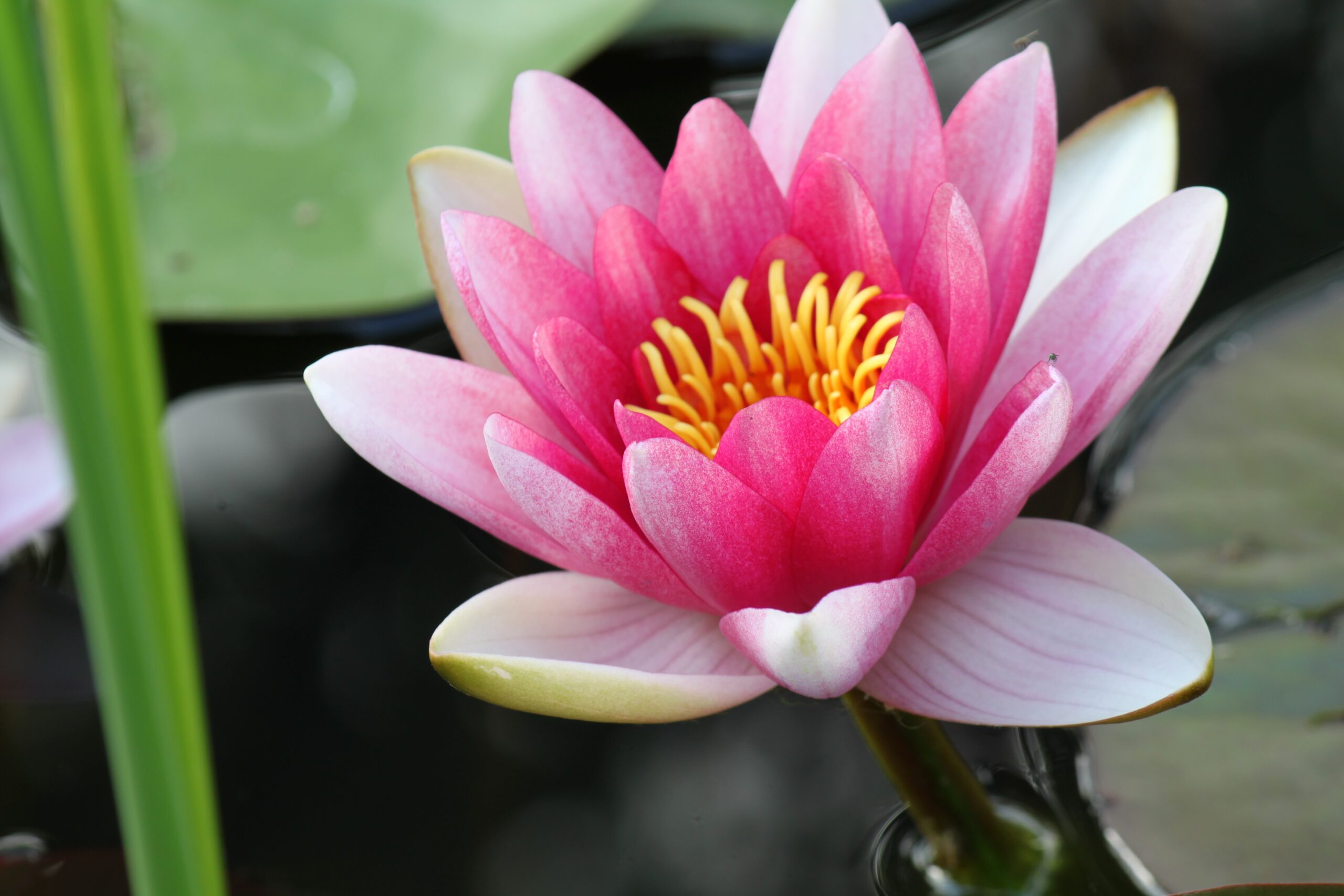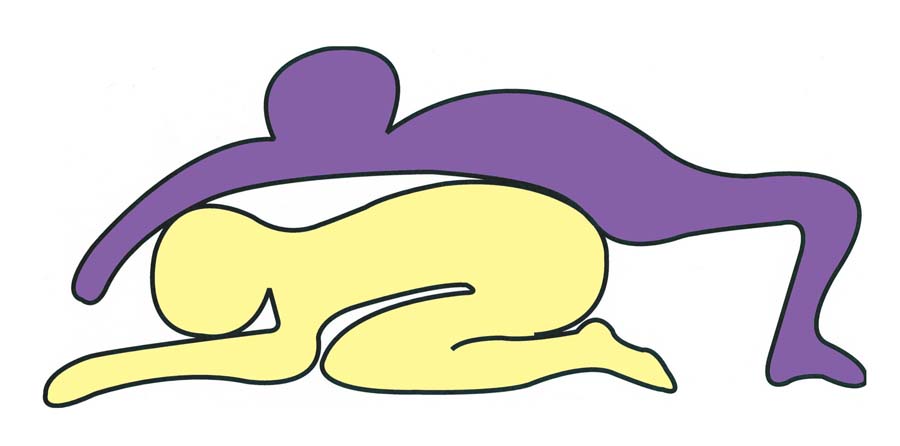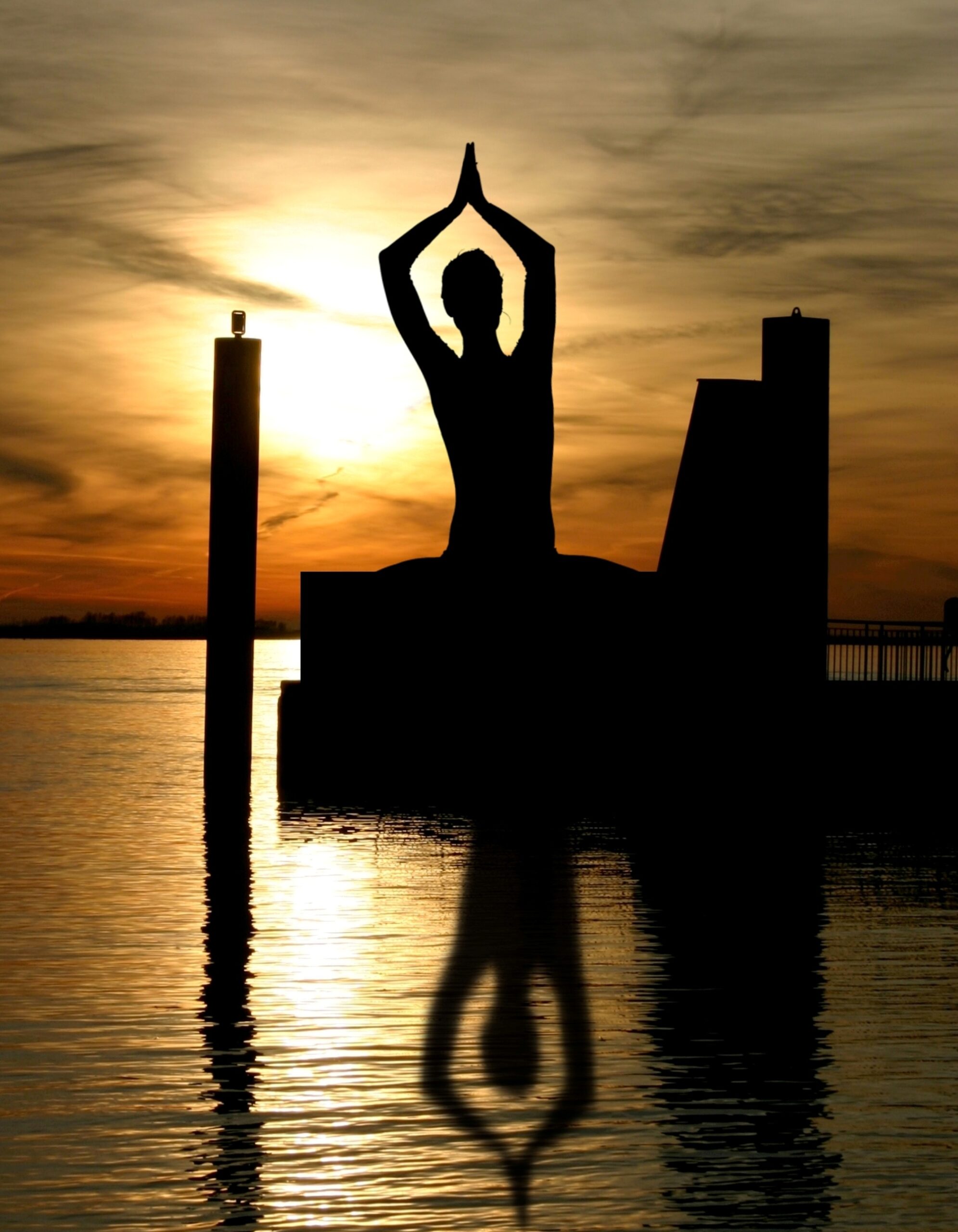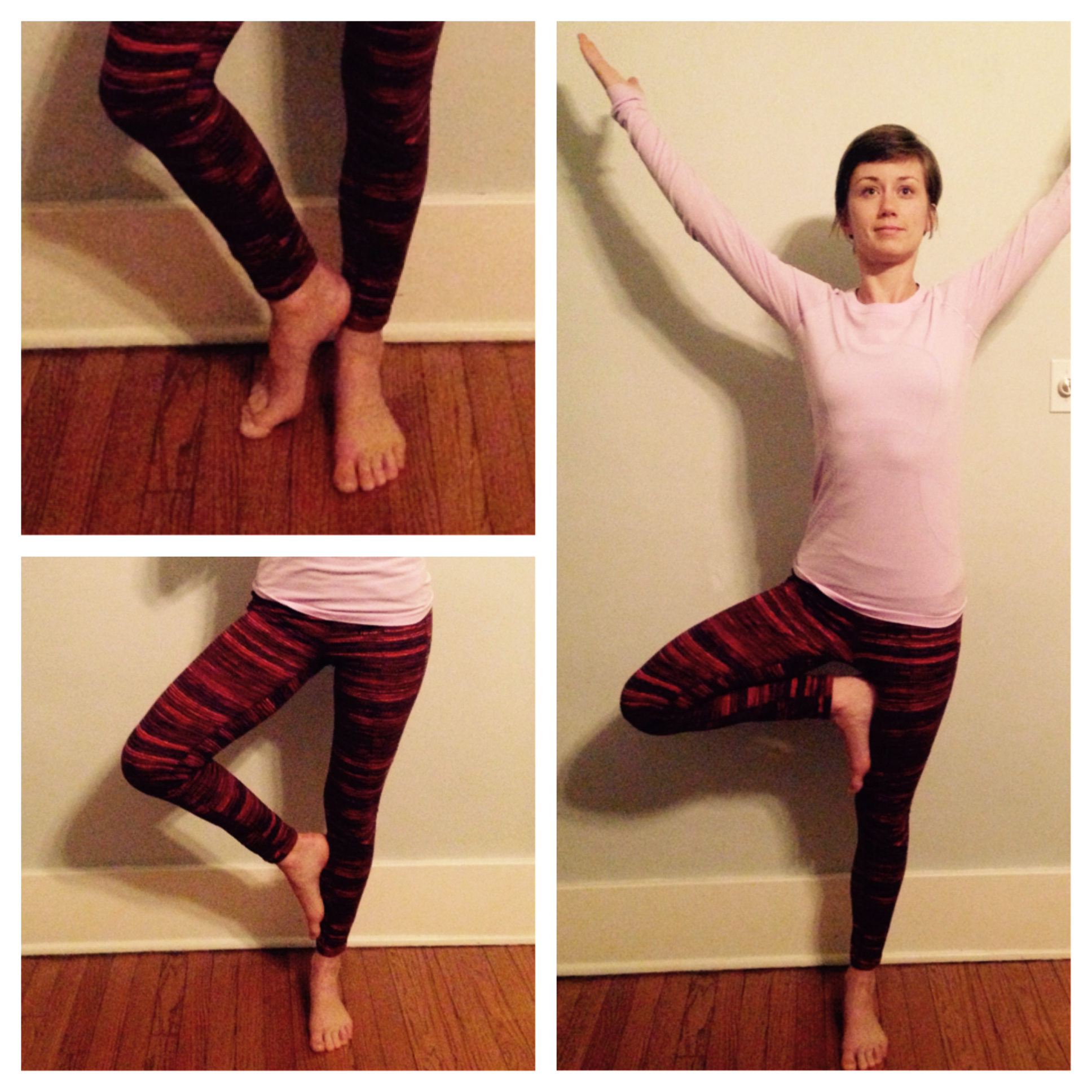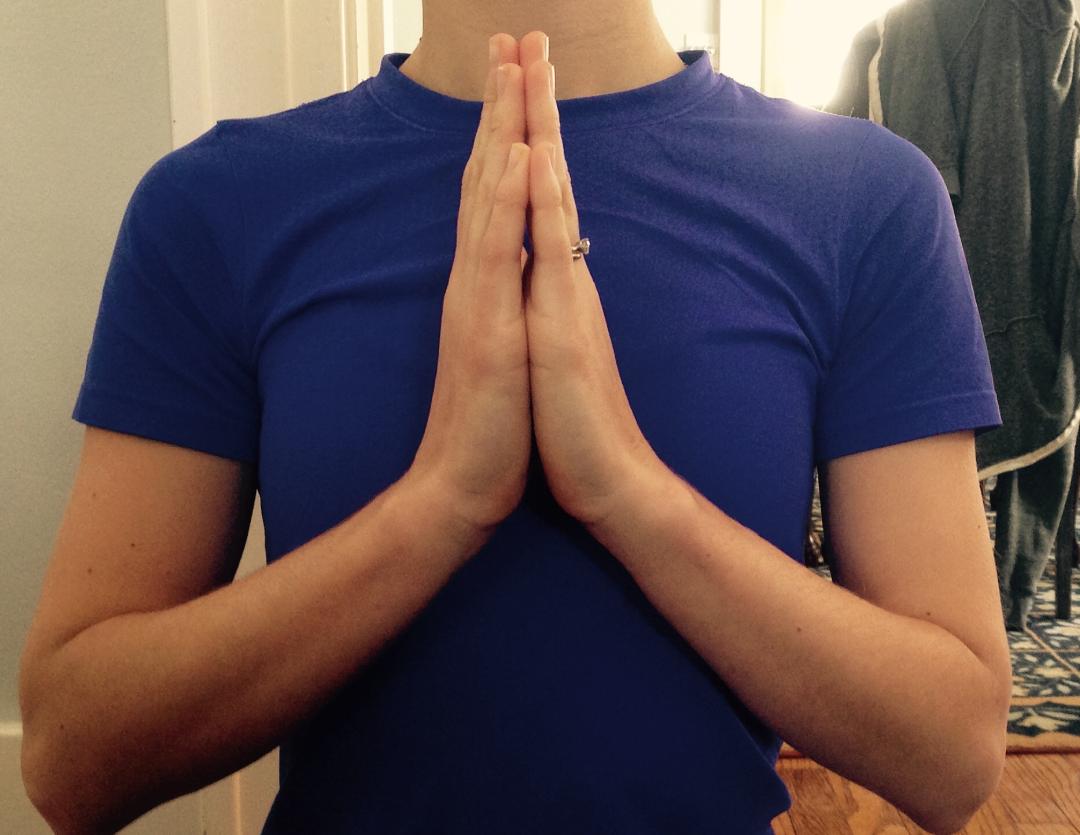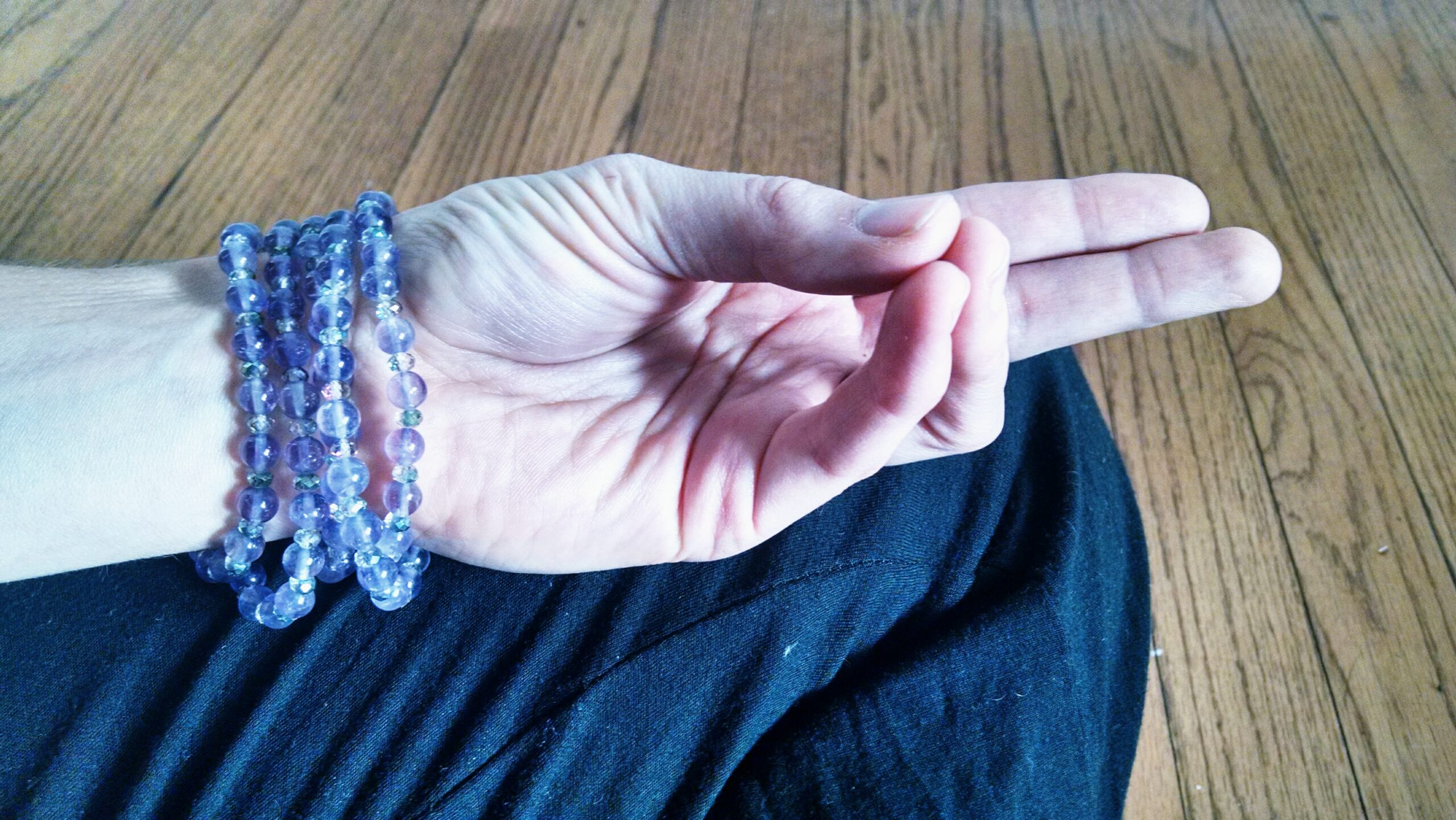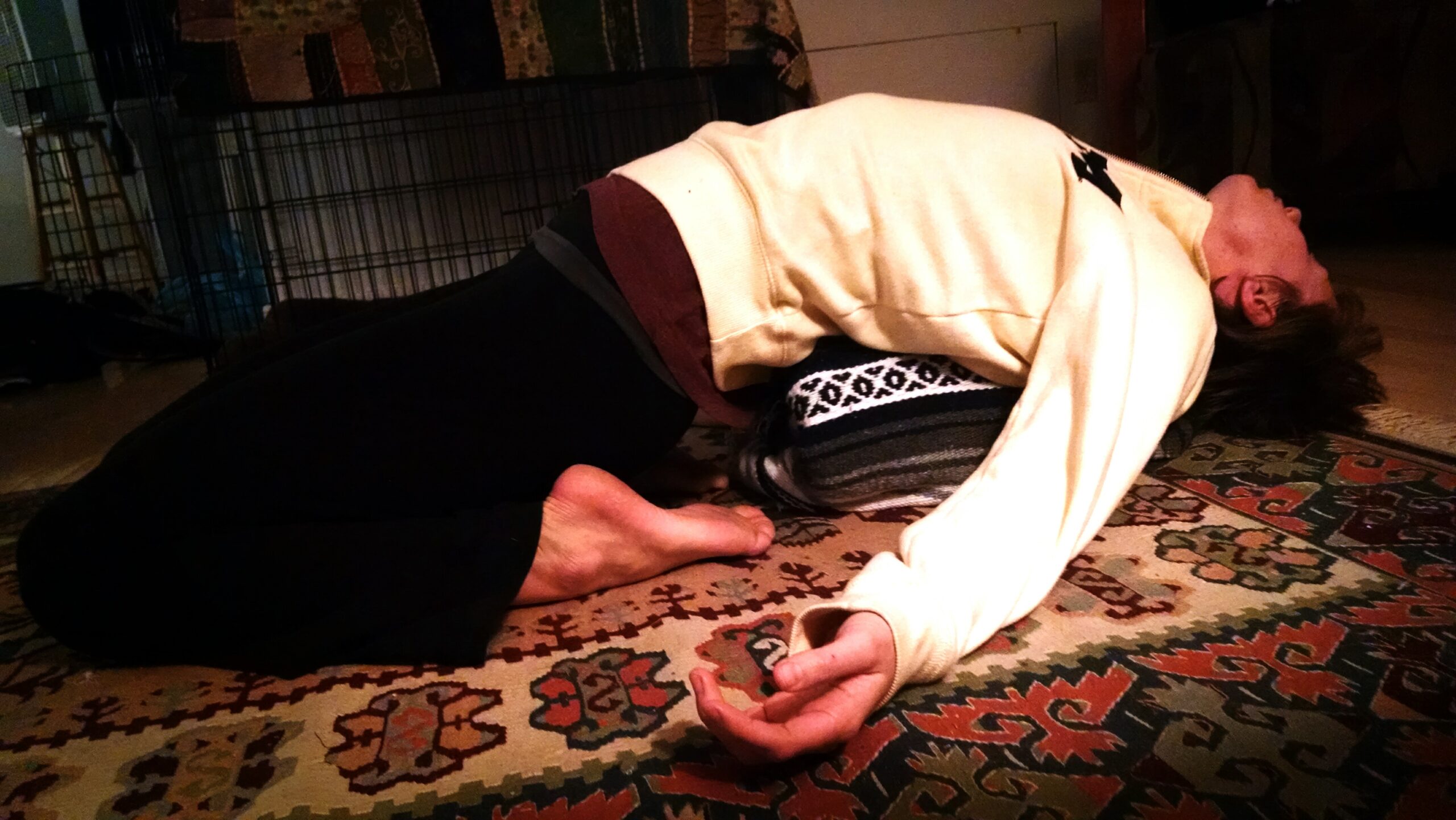I think about my life right now – the pace of “should’s” and “could’s” and “to-do’s” filling up all the nooks and crannies in my schedule. I use my calendar to give each of my to-do’s time in the day to make sure I do them and to make sure there is time. And when there isn’t, I end up with a pile of calendar items all to do at the same time – what a mess of indecision and disappointment! In the midst of this busy stream of my human life, my puppy sits there sleeping with his head under a bed or couch. He reminds me of the need for naps and rest in between intense times of play or work. How have we as humans lost the ability to pause and be still? To listen when our bodies and minds need rest? How do we even begin to regain that balance in our daily “grind”?
I’ve been studying yoga and contemplative practices with a group at the San Marcos School of Yoga. At the end of each day we experience some sort of restorative practice or pose. A few minutes in some of these poses or experiences can feel like hours of rest – and help you sleep better when you get to bed! What a great tool for healing the mind and emotions. What a deep need for caregivers and supporters. And for this one, you don’t even need to have any knowledge of yoga!
I had heard of Yoga Nidra before, but had never done it. In fact I didn’t know – is it something you “do” or “practice” or “see”? I learned that Yoga Nidra is a yogic sleep – and you begin almost like you are in Savasana (resting pose) but with extra blankets and padding underneath you. Once settled comfortably, someone leads you through a visualization in your body and spirit to guide you to deep, deep rest. I practiced this and felt so calm and self-aware afterwards. I have cravings for it now. Better than a bedtime story, this will surely give your whole self a recharge in less than 15 minutes.
Since I can’t come read to you, you can download audio files to listen for your Nidra experience (Sample Script below).
Looking for more? Check out some of the other restorative poses on Lacuna Loft. Viparita Karani is a great choice if you have a wall and 10 minutes for quiet!
What do you do to recharge your batteries? Making space to rest during cancer is so important. How do you create this space?
Sample Script:
Allow your body to settle. Settling into the ground, into the earth for deep renewal… Now let your consciousness move through your body as you are guided. Feel each body part then move on to the next when prompted. Do not worry if you cannot feel every body part.
Feel your face, notice your jaw… Become aware of sensation in your mouth… Without moving, feel the roof of your mouth… underneath the tongue… notice teeth… gums… tongue…root of the tongue… inside of right cheek… inside of left cheek… sense taste in your mouth… Now feel all of the parts of your mouth all together as a whole… the entire mouth as sensation.
Now feel your nose… the length of your nose… nostrils… right nostril… left nostril… both nostrils. Feel your breath passing through both nostrils… feel your nose.
Bring your awareness to your ears… feel the wrinkles and folds of the ears… backs of the ears…ear canals…inner ears. Aware of your ears hearing, receiving sound. Feel your ears as orbs of sensation, feel your ears.
Now feel your eyes… eyelids… eyelashes… surface of the eyes…centers of the eyes… backs of the eyes… behind the eyes. Feel your eyes as radiant orbs of light and wisdom.
Become aware of your forehead… crown… whole head… throat… neck… right shoulder… right arm… hand… right palm. Feeling right hand thumb… 1st finger… 2nd finger… 3rd finger… 4th finger… Feel now the whole right hand vibrant with energy… Aware of right wrist… forearm… elbow… upper arm… shoulder… Feel throat center… And notice left shoulder… arm… hand. Notice left hand thumb… 1st finger… 2nd finger… 3rd finger… 4th finger… whole hand radiant with life… Become aware of left wrist… forearm… elbow… upper arm… shoulder… and throat center.
Feel your chest… heart space… heart center… stomach… navel center… shoulder blades… between shoulder blades… ribs on the back… low back… buttocks. Become aware of your whole back…
Feel the right hip… right thigh… knee… right lower leg… ankle… top of the foot… sole of the right foot… big right toe… all of the toes… Feel your whole right foot alive.
Become aware of sensation in the navel… left hip… thigh… knee… left lower leg… ankle… top of the foot… sole… big left toe… all of the toes… Feel the left foot vibrant with energy.
Become aware of right side of the body… Now feel the left side of the body… Feel back body — side of the body facing the ground… back body… And now feel front body — side of the body facing the sky… front body… Now feel right arm and left leg together… right arm and left leg… Now feel left arm and right leg together…left arm and right leg.
Feel the whole body now, whole body… Entire global feeling of the body.
Become aware of your breath once again. Begin to deepen your breath, noticing increased sense of connection to your body and breath. Slowly move your body to re-awaken.
